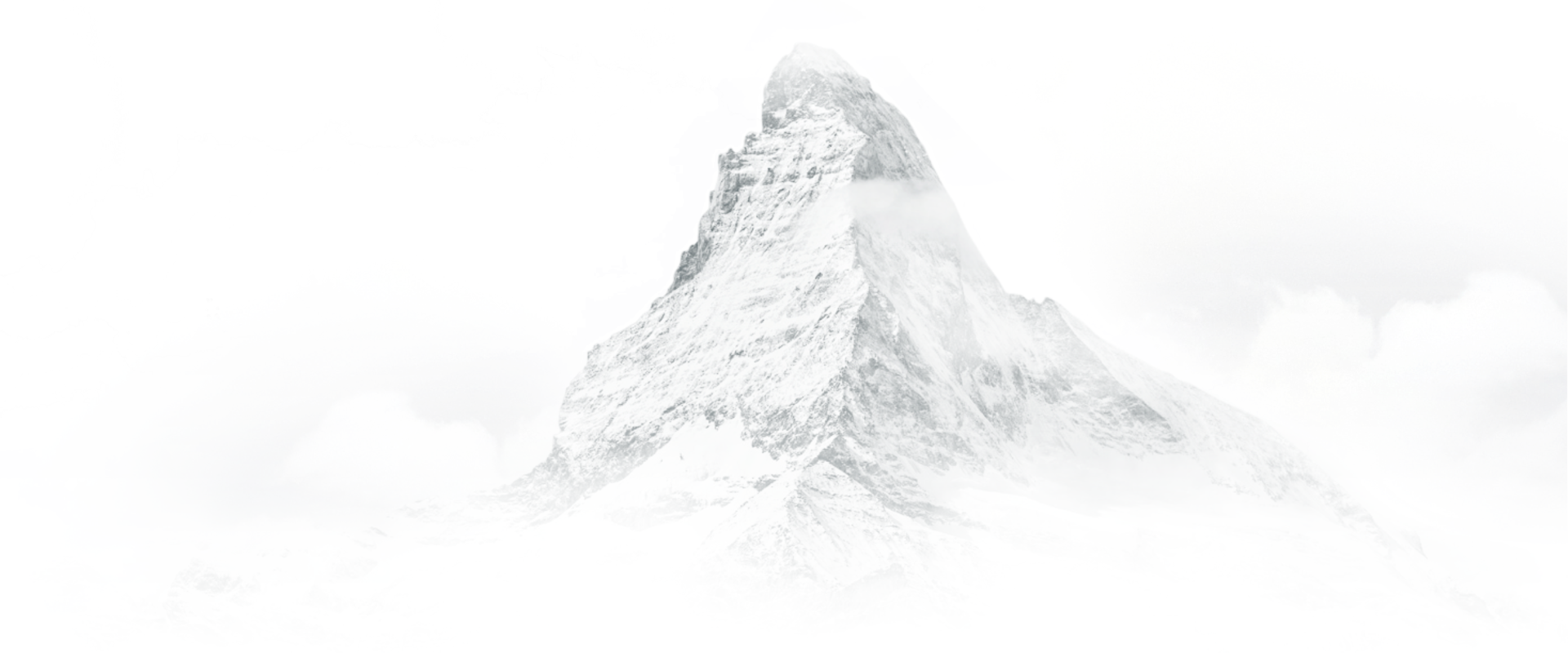All the latest news
Snow report and warning levels
One thing to remember before setting out for a perfect day’s skiing or snowboarding in Zermatt: check the snow and weather conditions. After all, it is your safety at stake.
The current snow report will tell you all you need to know ahead of your day on the mountain – how deep the snow is at the Matterhorn Ski Paradise and what activities the conditions are right for.

Snow depth
Sunnegga-Rothorn
Matterhorn Glacier Paradise
Zermatt
Stay up to date
Avalanche warning level: Matterhorn Ski Paradise
Avalanche bulletin
Very important! Safety is always a top priority, so please check our avalanche bulletins on a regular basis. They provide a complete overview of current avalanche warnings allowing you to enjoy the slopes safely. In addition to the latest news about snow conditions in Zermatt, they also set out some general rules for everyone’s safety.
The official Swiss avalanche bulletin is published by the WSL Institute for Snow and Avalanche Research (SLF). The bulletin contains information for the general public about the snow and avalanche conditions in the Swiss Alps and forecasts avalanche danger levels. Data on weather conditions affecting avalanche risk and on the composition of the snow layer add further detail to the picture of the current situation.
With the Smartphone-Ticket, access to Matterhorn Paradise is now completely mobile and digital.










